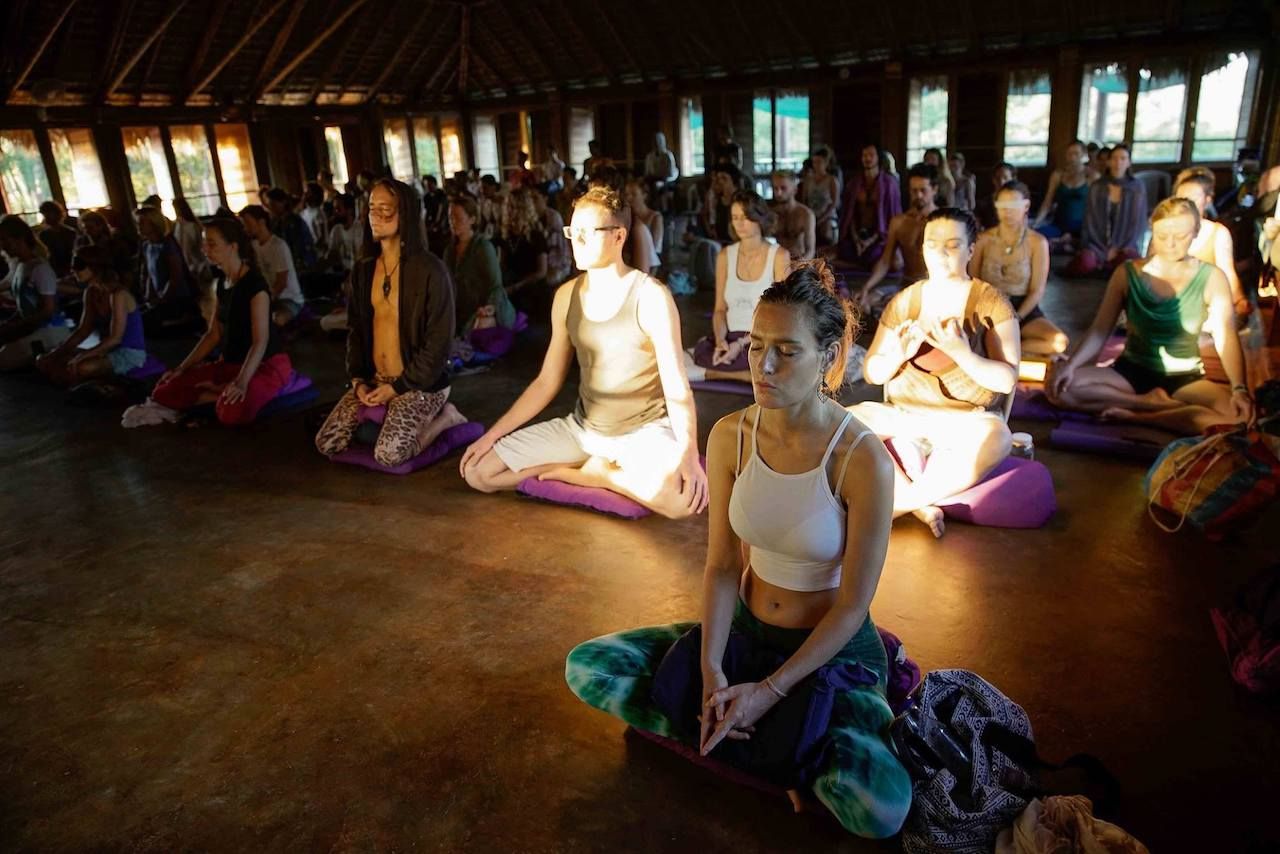
Silent retreats, where participants follow monastic practices based on “quiet and listening,” are finding a new popularity among Buddhists, Christians, Jains, and Jews, reports the Washington Post (September 20). Ben Brasch writes that leaders from various traditions are reporting a growth in demand for their silent retreats, often from non-affiliated people. The uptick in interest is attributed to the upheaval caused by Covid, as well as a weariness caused by technology and grief in general. Participants cite the absence of Internet and television in these retreats, which can vary in length and style. The Drala Mountain Center, a Tibetan Buddhist retreat center in Colorado, ran a survey of its members this summer and found that 46 percent (108 people) wanted silent retreats, second in popularity only to classes on Buddhist principles.

A nun with the Benedictine Sisters of Erie in Pennsylvania says, “I hear a hunger for silence, a hunger for reflection.” The Erie sisters have been running “Stillpoint” retreats since the 1980s, but attendance has risen in recent years, increasing from about 15 to 29 in August, with more young people involved. The retreats may involve different periods of walking, standing, and sitting, with minimal interaction with other participants. Brasch notes that the silent retreat phenomenon has also spread to religions without a monastic tradition, as seen in Jewish interest in mindfulness and meditation.